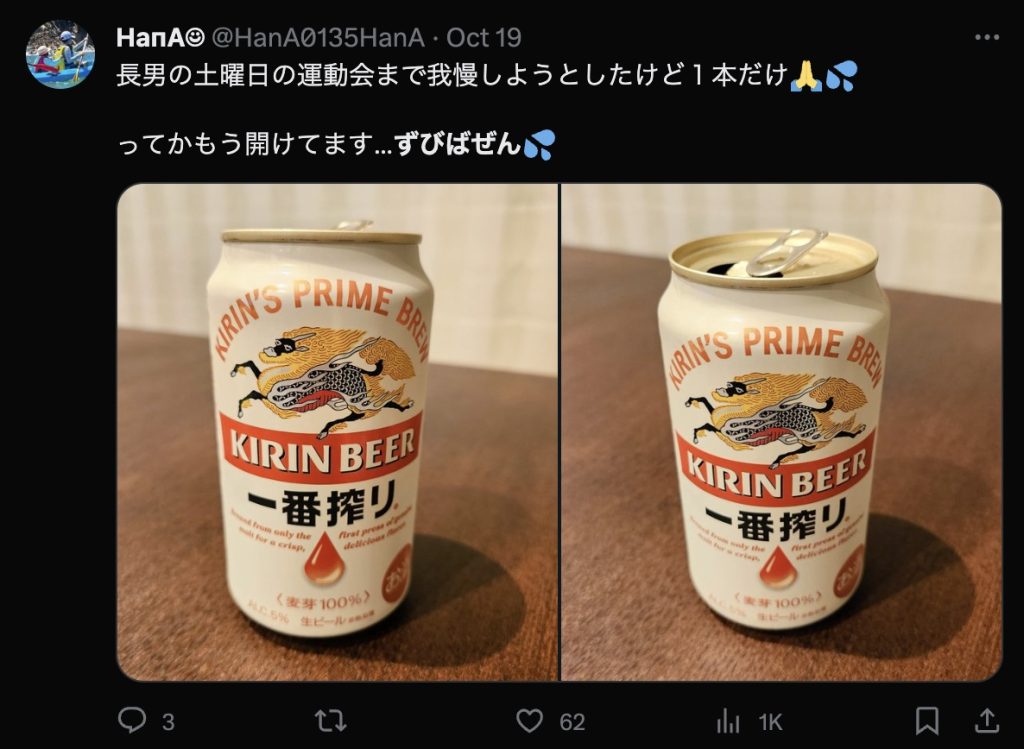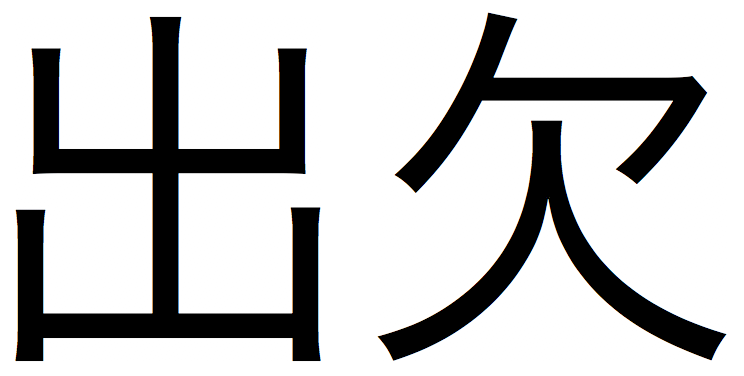I just sent out the newsletter for April. This month I focused on diagramming Japanese sentences. This is something I’ve been trying to do recently to get a better sense of Japanese sentences with the goal of improving my writing. The basic idea is this: Can you break down a Japanese sentence into its most fundamental structure so that you can understand it more easily? And once you’ve done that, could you compose your own sentence by filling in the blanks? Or could you reverse this process as a way to proofread and revise sentences you’ve written to test their seaworthiness?
The simplest example of this is this:
AはBです。
And the second simplest (and perhaps the most frequently analyzed in linguistic circles) is this:
XはYがZです。
These are pretty easy to make sentences from:
夏は暑いです。
Summer is hot.
京都は観光客が多いです。
Kyoto has a lot of tourists.
But just because the structures are simple doesn’t mean that we need to make simple sentences! These examples have the same structure:
冷凍した肉が腐っているときのサインは、以下の通りです。
Here are some of the signs that your frozen meat is rotten.
カフェインは、飲食物の成分として作用が非常に強いです。
Caffeine as an ingredient in food and drink has incredibly strong effects.
The first I found in this article about freezing meat. The second I adapted from this article about the health benefits of caffeine. (I excised it off from a slightly more complicated sentence.)
Both of these articles I discovered thanks to the Edge browser, as I mentioned in the newsletter. I really can’t recommend using its localized news features enough.
I know this stuff isn’t great literature, but I do think it makes excellent study material. It’s low stakes, simple sentences, with vocabulary that’s useful in everyday life about topics that you are already familiar with. If you’re looking for somewhere to start, here’s another perfectly good place: 適量のコーヒー (tekiryō no kōhī). An additional article about the health benefits of caffeine.
So consider this month a call to action. Both to myself and to you. Can you read more Japanese articles, and can you be more mindful of the sentence structure as you’re reading?
Go give the newsletter a read for more details. And check out the podcast where I go over the strategy and talk about the Murakami translation publication dates, which I forgot to mention last month (in the pod: I did mention it in the newsletter).









